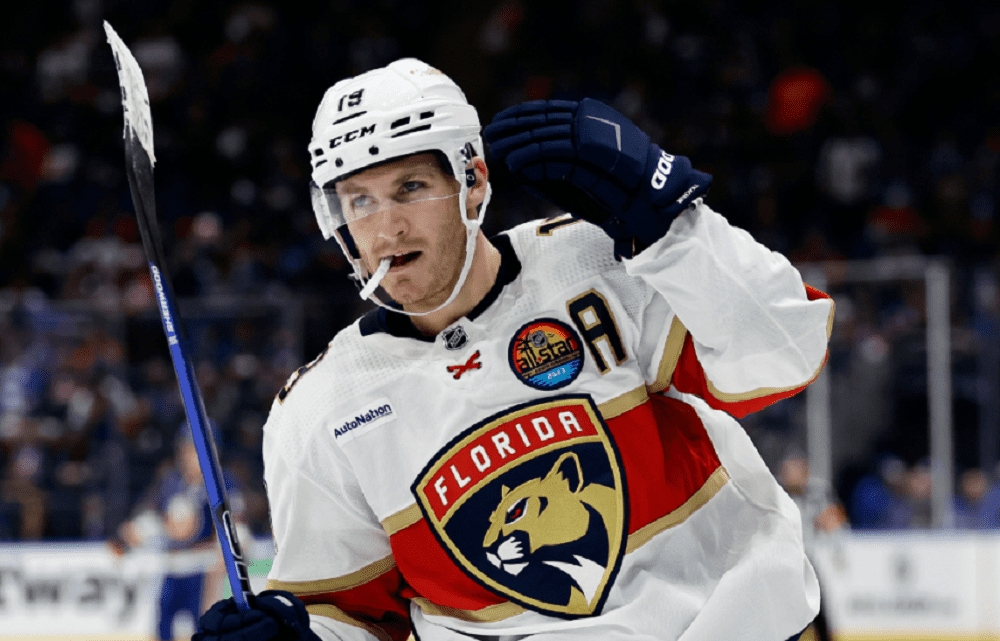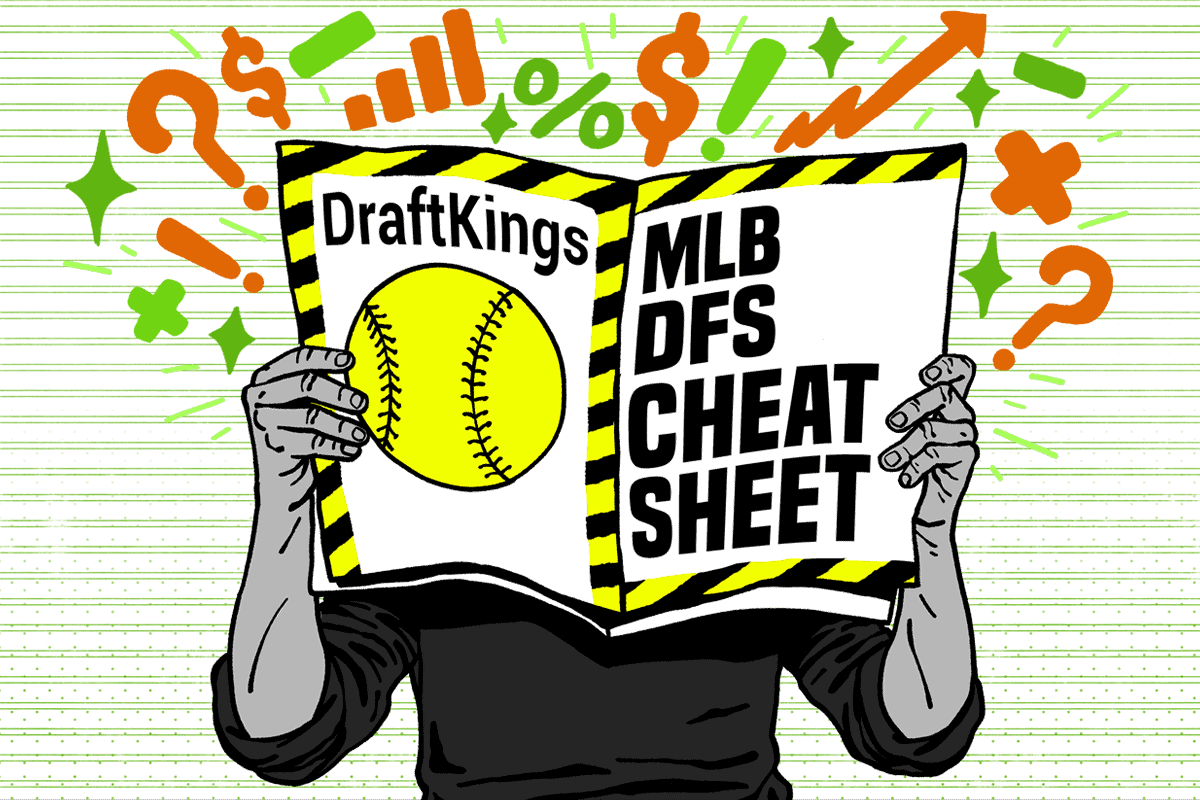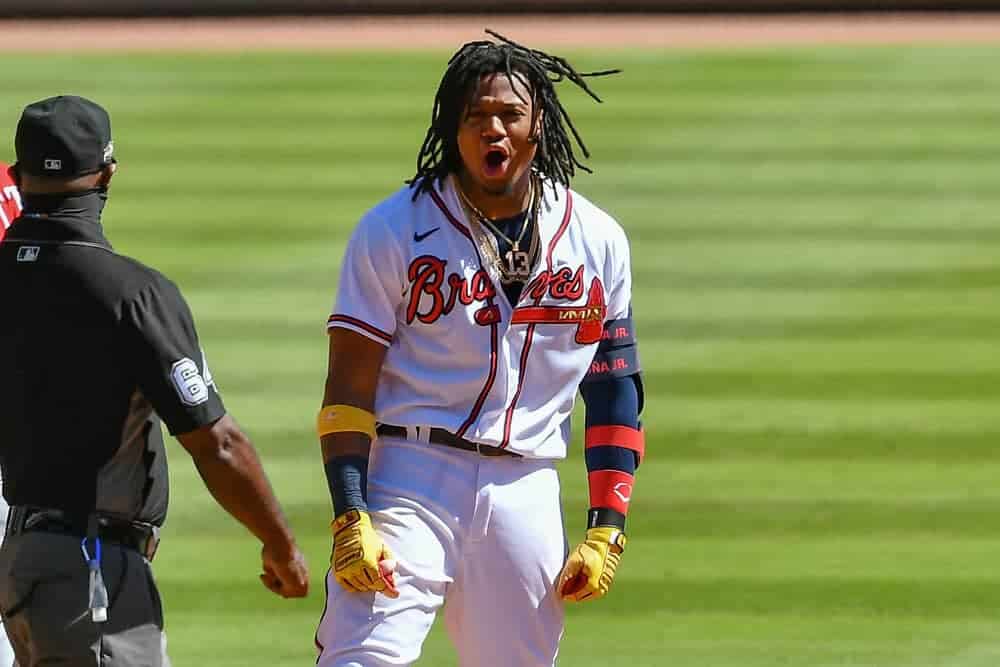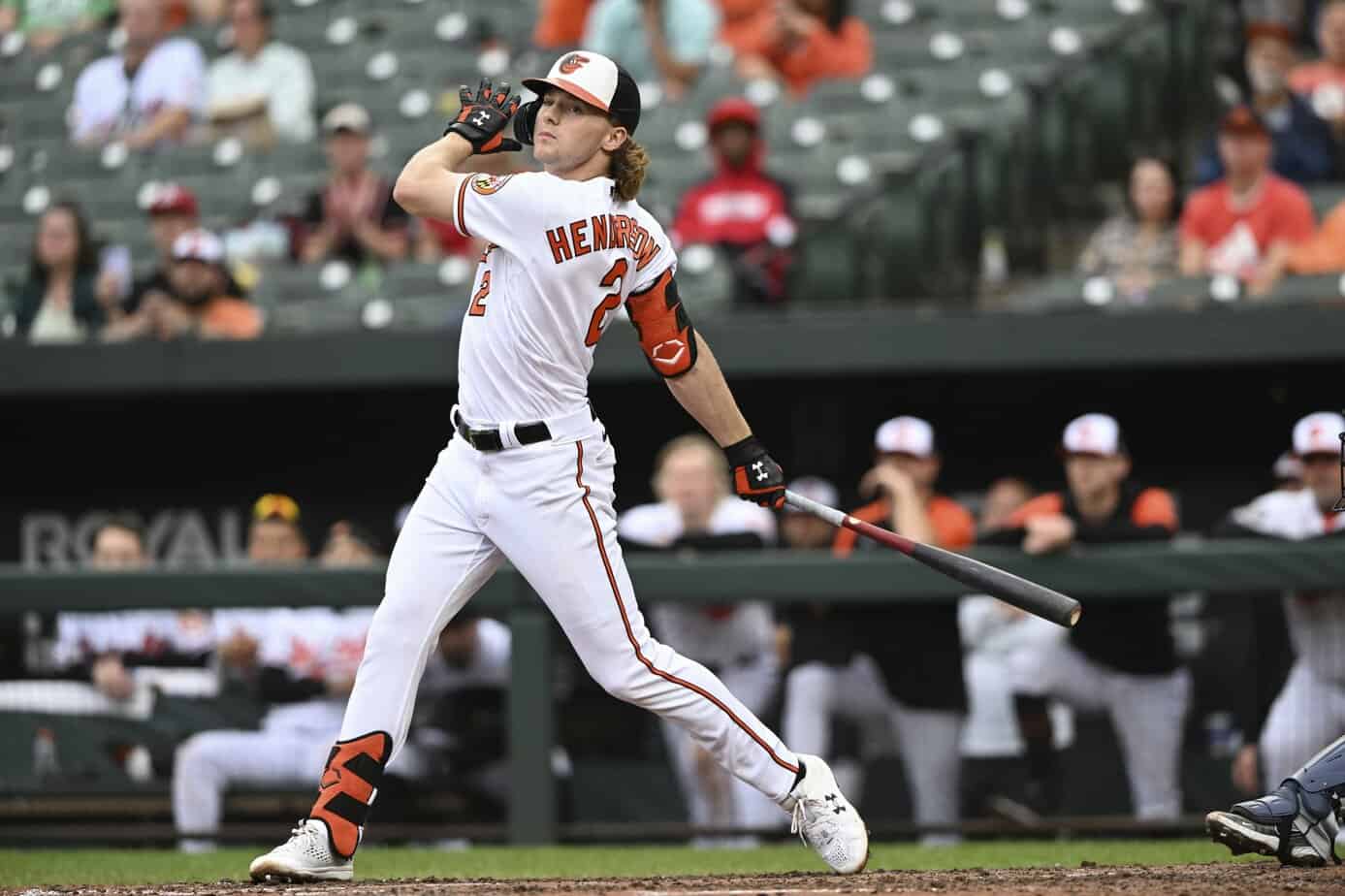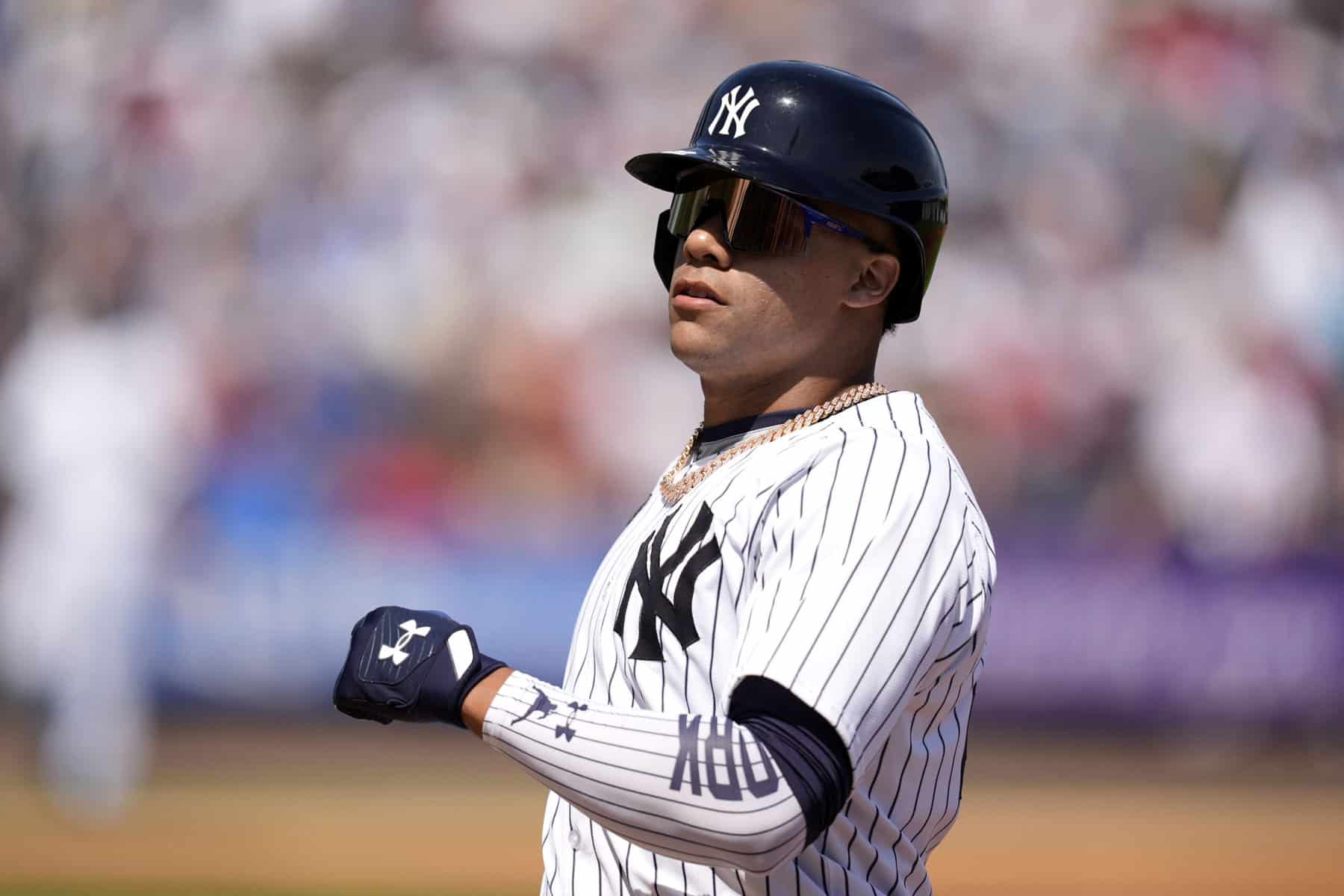SEO be damned with that stupendously long race title…

Oh hey, everyone. Didn’t realize you or anyone else would stop by to read about 160 laps around the Indianapolis Motor Speedway because… well… it’s the opening week of the NFL season and most everyone else has abandoned NASCAR to chase NFL money. Heck, if I didn’t have certain allegiances to this sport and just played it from the perspective of building my bankroll I would probably have checked out too. You though, you are back for more NASCAR research and analysis because you’re apparently a degenerate and probably embrace your inner degeneracy too. Thus, congrats on knowing who you are and accepting this. As they say, the first step to recovery is admitting who you are.
The fact that NASCAR’s regular-season finale falls on the same exact day as the NFL’s opening weekend is a shame and a horrible scheduling decision by NASCAR, something they used to avoid by making the finale happen at Richmond the Saturday night before the first slate of Sunday football games. However, the schedule got adjusted and they decided to not only make the last race of the regular-season compete for eyes with the NFL, they decided that race should be run at Indianapolis. I don’t want to beat a dead horse, much less bet on it, but I could just as easily lift the words from last weekends race at Darlington and apply them to Indianapolis. Indy has a long, storied history just like Darlington, however, that history has been written by open-wheel racing and not stock cars. For decades NASCAR lobbied Indianapolis Motor Speedway to run on its hallowed grounds but the powers that be kept stock cars out until they no longer decided that NASCAR’s money was worth any less than the Indy Series. A wise and prudent decision.
Furthermore, sometimes the racing hasn’t been that great and it’s been reflected by the butts in the seats. As much as NASCAR and NBCSN play up this track, and what it supposedly means to a driver to win at Indy, the image of this 2.5-mile oval is greater than the actual racing that occurs here. Heck, it was just two years ago that Kyle Busch led 149/ 170 laps en route to victory from the pole position while the remaining 21 laps were split by Penske teammates Brad Keselowski and Joey Logano. Talk about a literal lap turner when the guy who wins the pole leads 87% of the race and there were a total of just four lead changes. Half the field shouldn’t be a lap or more down at a track of this size and quite frankly it would have been a lot worse had their not been three accidents involving ten cars after the lap 155 mark. We were on our way to this same race playing out last year when Kyle Busch started on the pole and led 87 laps before Martin Truex Junior got loose behind him and wrecked them both – seemingly killing every DFS lineup that Sunday afternoon before hell broke loose. You know, Daytonaesque hell, where half of the field (17/19 were out with crash designations) is not running at the end and drivers like Matt Dibenedetto, Cole Whitt, and Timmy Hill finish in the top fifteen.
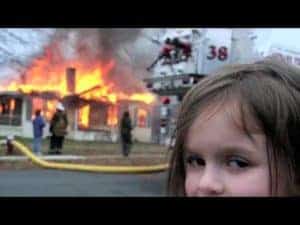
And its that chance at repeatable hell that brings me back to Indianapolis as possibly intriguing Sunday afternoon because sometimes there’s nothing better than watching a house burn. Add the fact that this is the very last chance for several drivers to sneak into the playoffs with a win and now we’ve just put gas cans in every room waiting for an ignition. If you’re not familiar with NASCAR’s convoluted playoff points system, as long as you have a win and rank top-30 in driver points then you are guaranteed a playoff spot. With one race to go, ten drivers are guaranteed spots via fulfilling those requirements (Kevin Harvick, Kyle Busch, Martin Truex Junior, Clint Bowyer, Kurt Busch, Joey Logano, Brad Keselowski, Chase Elliott, Erik Jones, and Austin Dillon) while the final six spots are basically claimed via points save for that final 16th spot. Alex Bowman owns a 68 point advantage over 17th place Ricky Stenhouse Jr, a point total fairly insurmountable to climb regardless of what either Bowman or Stenhouse could do on Sunday. However, thanks to these wonky rules, Bowman (or Jimmie Johnson if he were to have a horrible day again and Bowman were to pass him in points straight up) could lose that final spot to any number of drivers. On any other normal day we wouldn’t expect the likes of a Ryan Newman, Paul Menard, William Byron, Jamie McMurray, Christ Buescher, etc… to contend for a win but with everything on the line, any in and every strategy is on the table including driving stupidly-aggressive like Ricky Stenhouse Jr. did at Daytona.
Which brings us back to last year’s race and not just last year but a trend we have seen for three straight years. With only a handful of laps to go, driver’s start getting itchy fingers, a wreck ensues, and we end up going into overtime. In 2015, Trevor Bayne wrecked on the very last lap extending the race by four laps. In 2016, Brad Keselowski, Carl Edwards, Ryan Blaney, and Ryan Newman got tangled up with five laps to go. On the final lap, Trevor Bayne and Clint Bowyer wrecked bringing out another caution and green-white-checkered scenario. On lap 166, Jamie McMurray, Tony Stewart, Ryan Newman (again), and Brian Scott found each other before the race finally ended on lap 170. Last year we saw absolute pandemonium with five caution flags from lap 151 on for a total of 20 cars. Because of stage cautions impacting the flow of a race, I typically give more credence to what happened last year in an event in my research, and if you choose to watch this race again you may as well skip to the 5:13:00 mark because that’s when the first of these panic cautions occur with nine to go.
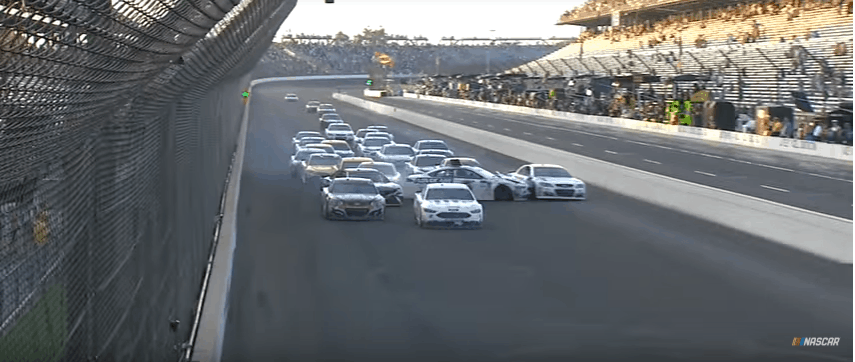
Three straight years of a trend may as well just be a pattern and when you add in the stakes of this race for at least fourteen drivers, it should be a pretty safe bet that the final five or ten laps get drug out by cautions and they’re probably going to happen on the front stretch. Unfortunately, cautions don’t respect one driver over another so be prepared for any driver to go from contending for a top-five finish on lap 158 and then finish in 32nd because of a wreck that occurred in front of them just like a plate race. If we see a replay of last year’s “Carpocalypse”, then expect 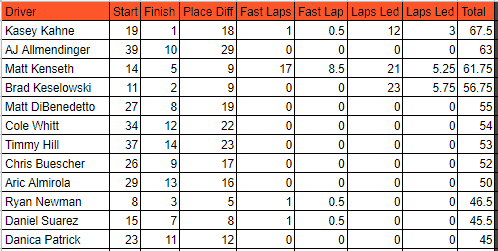 optimal fantasy lineups to look like Daytona or Talladega as just one driver with a top-12 fantasy score started within the first eight positions. While it may seem unlikely that we see these crash-filled results again just know that the scenario is just as ripe for a repeat if not better because a win and they’re in and that win/ playoff appearance can go a long way in securing a driver’s potential future earnings with a team owner and sponsor. Just think about the turnover we might be seeing at Roush-Fenway had Stenhouse not won at Talladega and Daytona last season; we may have been seeing not just a new driver in the #6 but the #17 as well.
optimal fantasy lineups to look like Daytona or Talladega as just one driver with a top-12 fantasy score started within the first eight positions. While it may seem unlikely that we see these crash-filled results again just know that the scenario is just as ripe for a repeat if not better because a win and they’re in and that win/ playoff appearance can go a long way in securing a driver’s potential future earnings with a team owner and sponsor. Just think about the turnover we might be seeing at Roush-Fenway had Stenhouse not won at Talladega and Daytona last season; we may have been seeing not just a new driver in the #6 but the #17 as well.
Now, you may be asking, what should roster construction look like if the above scenario doesn’t play out to quite that extent? Yes, we will probably see late-race cautions that bunch the field back up, but what if it doesn’t eliminate half of the field? Should the race stay caution free for the most part, past races have shown us to expect one 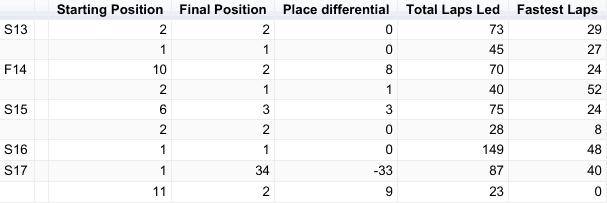 driver to lead at least 70 or more laps followed by a second driver who grabs another 20, 30, 40, or 50 laps led. Obviously, the more laps led by the driver who grabs the most laps led means fewer laps available to lead for everyone else like the last two seasons. Thus, traditional roster construction would have one Hog as a cornerstone with an eye towards a possible second driver to pick up “scraps”. As you can see, these Hogs are coming from around the front row and usually finishing there as well because of the advantage that clean air and their pit stalls afford them. It should be noted that these Hog totals won’t be gigantic because we’re only dealing with 160 laps, thus your first and second Hogs should be sitting around the 70 fantasy point mark. One big wrench that could make all of this a mute point is that Indy will be a true impound race following qualifying with inspection on Sunday morning like a few weeks ago at Watkins Glen. If only a few drivers fail tech (i.e. Kurt Busch, Paul Menard) then we will just have very chalky lineups with lots of overlap but if several drivers fail tech like what we saw at Pocono then we’re returning back to Daytona like builds where we’re chasing place differential over any Hog points. You’ll just have to keep your eyes glued to Twitter and see how the running order finally settles out Sunday morning because inspection will play a giant role in how we set lineups.
driver to lead at least 70 or more laps followed by a second driver who grabs another 20, 30, 40, or 50 laps led. Obviously, the more laps led by the driver who grabs the most laps led means fewer laps available to lead for everyone else like the last two seasons. Thus, traditional roster construction would have one Hog as a cornerstone with an eye towards a possible second driver to pick up “scraps”. As you can see, these Hogs are coming from around the front row and usually finishing there as well because of the advantage that clean air and their pit stalls afford them. It should be noted that these Hog totals won’t be gigantic because we’re only dealing with 160 laps, thus your first and second Hogs should be sitting around the 70 fantasy point mark. One big wrench that could make all of this a mute point is that Indy will be a true impound race following qualifying with inspection on Sunday morning like a few weeks ago at Watkins Glen. If only a few drivers fail tech (i.e. Kurt Busch, Paul Menard) then we will just have very chalky lineups with lots of overlap but if several drivers fail tech like what we saw at Pocono then we’re returning back to Daytona like builds where we’re chasing place differential over any Hog points. You’ll just have to keep your eyes glued to Twitter and see how the running order finally settles out Sunday morning because inspection will play a giant role in how we set lineups.

